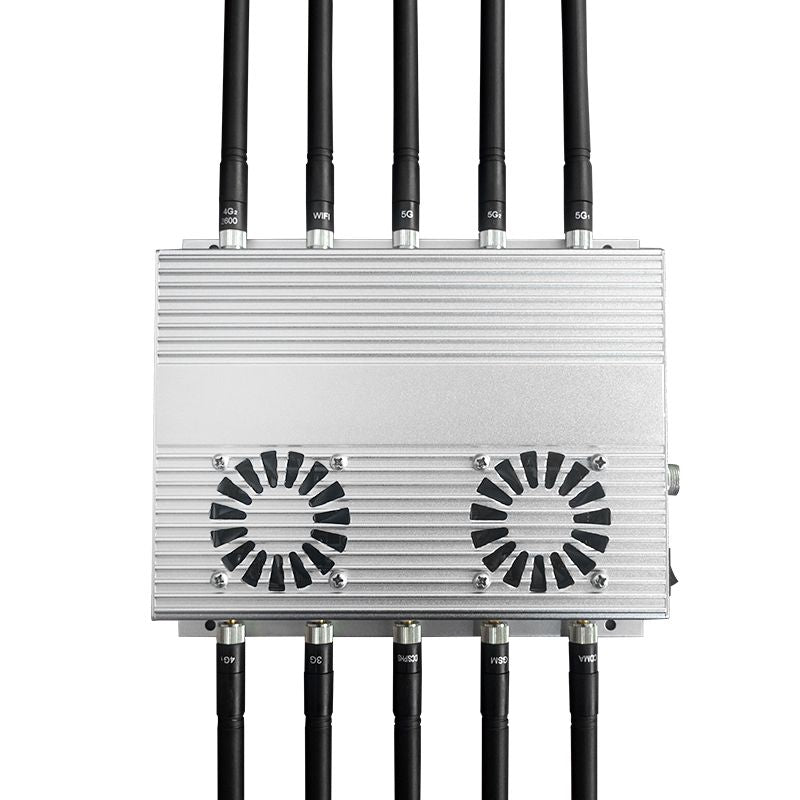Is the blocking range of a mobile phone signal jammer fixed?
When purchasing a mobile phone signal jammer, the blocking range of the mobile phone signal jammer is something that many customers want to know. But is the shielding range of the signal jammer fixed? Of course not.
The scanning speed of the mobile phone signal jammer can cause garbled interference in the message signals received by the mobile phone, causing the mobile phone to be unable to detect the normal microwave signal data sent from the base station. Within the design, the mobile phone cannot establish a connection with the base station, achieving the purpose of blocking mobile phone signals.

Generally speaking, the frequency emitted by the cell phone signal jammer interferes with the frequency of the mobile phone receiving the base station. There is destined to be a competitive relationship between the jammer and the base station. If the transmit power of the mobile phone signal jammer is less than the base station transmitting to the mobile phone in the environment at that time, If the channel power is too high, the jammer will not be able to block it. Only when the power of the mobile phone signal jammer is greater than the power delivered to the mobile phone by the base station can effective shielding be achieved. Therefore, any jammer used in different signal environments will show different shielding intervals, and China Mobile, China Unicom, and China Telecom will all have different shielding intervals, because the base station density, base station orientation, and base station power built by these three operators cannot be the same of.
In other words, how many meters a mobile phone signal jammer can shield is not only related to its own transmission power, but also to the distance of the base stations in the use environment (base stations are not limited to large transmission towers built on the ground, but also buildings The signal amplification antenna on the top and the signal amplification distribution in some buildings), another important factor is the obstacle. If it is a metal material, it will directly block it; if it is a reinforced concrete solid wall, it will attenuate less after penetration. 10 times; if it is a wooden board or glass material, the attenuation after penetration is relatively small.













